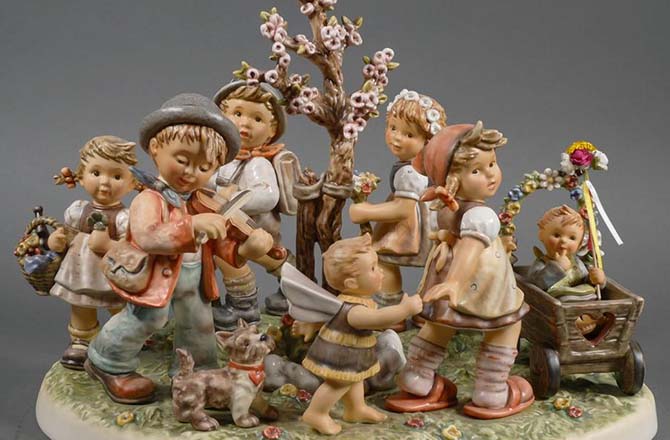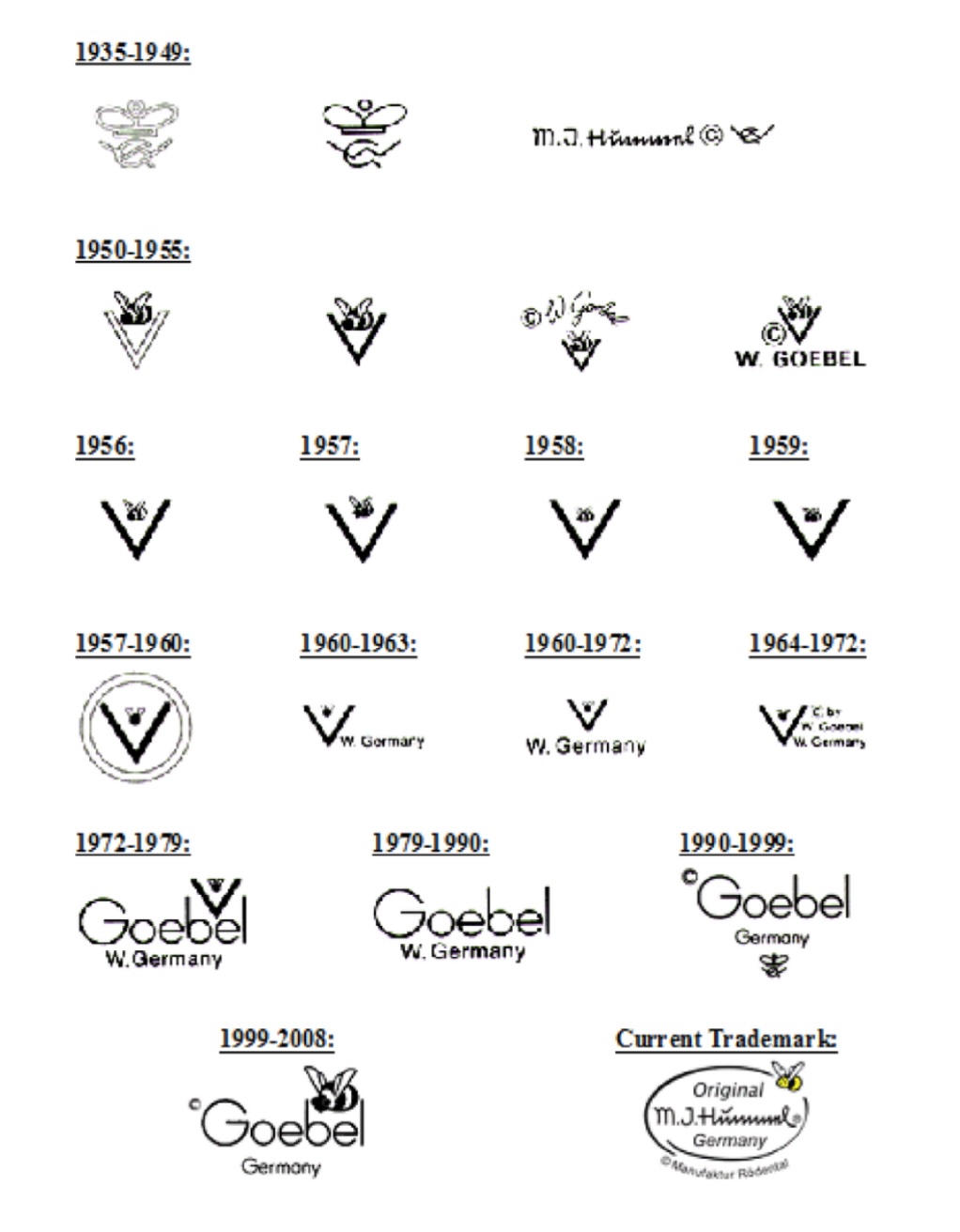Arlene Thompson Leaves A Legacy Of Hummels To Camp Courageous

Camp Courageous has had the wonderful fortune to know Arlene Thompson for over 30-years. Arlene and her husband, Wayne, have lived on a beautiful farm in NE Iowa near Maynard-Fayette. Arlene has been on that farm for over 50-years. Wayne passed in 2014 at the age of 84. Arlene was a long-time teacher, with a heart of gold for her students and for others. In March of 2019 she decided to donate her collection of Hummels to Camp Courageous. Six-years later, Camp traveled to Arlene’s home to gather the last 10 boxes of Hummels. Each beautiful Hummel had a story, and it has been heartwarming over the years to have Arlene personally travel to Camp, with a carload of Hummels and show and explain each. We will forever treasure those times together. Her exceptional organizational skills and knowledge of Hummels is, a one-of-a-kind. Arlene started collecting Hummels in 1971, when a friend gave her one as a gift. The plan is to have Arlene’s Hummel Collection sold to one person or organization, thus staying together, otherwise the pieces will be sold separately. The proceeds from this collection will go to the Camp’s Perpetual Fund, and thus Arlene will be supporting Camp Courageous, forever. If you or someone you know may be interested in this collection, please contact Charlie Becker, cbecker@campcourageous.org or 319/480-5302 ext. 2100.

The History of Hummel Figurines
The history of Hummel figurines begins with a Bavarian nun Berta Hummel in the early 20th century. Hummel assumed the name of Sister Maria Innocentia in 1931 when she joined a Franciscan convent in southern Germany. Having just completed art school, Hummel dabbled in painting during her early days, depicting the jolly likenesses of rosy-cheeked children in her works. Her fellow sisters encouraged her and even suggested that she sell her work. It was through such sales that Hummels eventually arrived on the desk of Franz Goebel, the director of a German pottery company. Inspired by Hummel’s endearing designs, Goebel negotiated a collaboration with the Bavarian nun to transform her paintings into ceramic pieces. Goebel Hummel figurines debuted to the public at the 1935 Trade Fair in Leipzig, Germany, and their success was immediate. Within months, Goebel’s company had begun work on more than 40 additional designs. However, this rapid ascent was cut short in subsequent years with the rise of Nazi control of Europe. Nazi forces soon limited and ultimately ceased Hummel production. They also shuttered the convent that Hummel called home in 1940. Berta Hummel died in 1946 following the end of World War II, succumbing to tuberculosis at the young age of 37. However, the legacy she had begun would live on. Goebel restarted production of Hummel figurines that same year, and soon thereafter, the delightful collectibles were back in demand. They became particularly popular among American troops stationed in Europe, whose export of Hummels back to the United States as souvenirs for family members fueled early American interest. Goebel worked with immensely talented artists over the years to ensure that the quality and artistry of each Hummel figurine was exceptional and of the same standards as Hummel herself would have expected.

